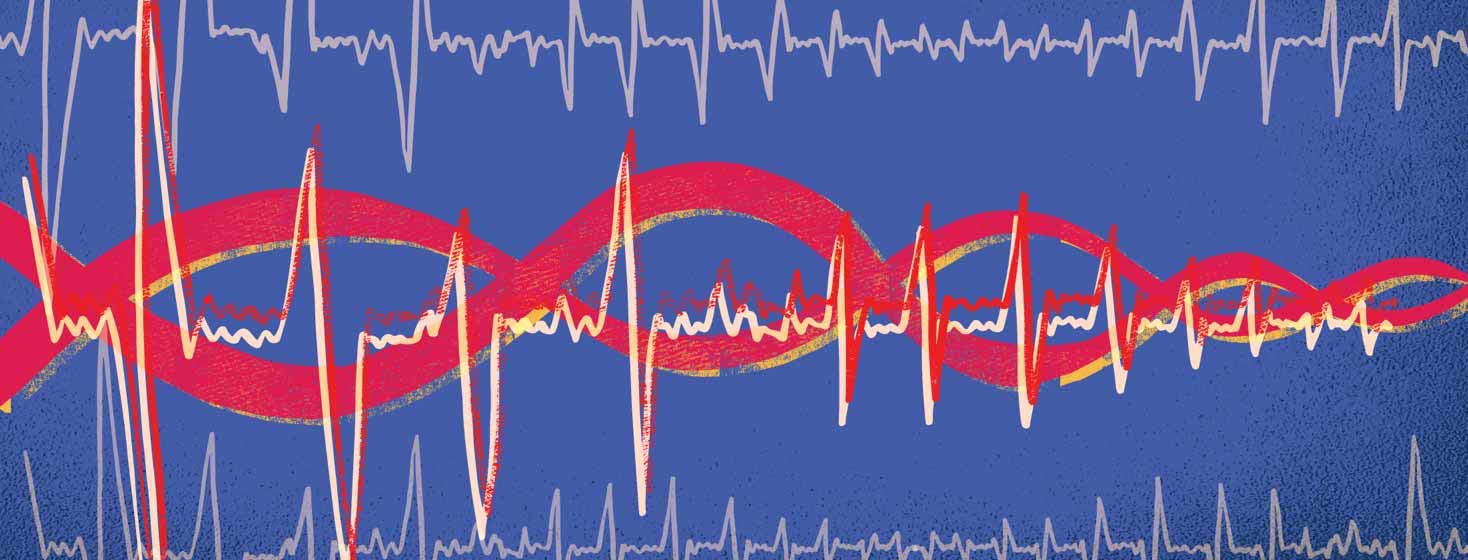Is AFib Genetic?
Atrial fibrillation, also known as AFib, is the most common heart rhythm disorder (arrhythmia). It occurs when the atria, the two upper chambers of the heart, beat very fast in a disorganized way.1 This can lead to blood clots and stroke. AFib may happen in short bursts, last until treated, or might be a permanent condition.
Sometimes atrial fibrillation runs in families. This is called familial AFib and is caused when a person inherits a gene that plays a part in controlling the heart's normal rhythm.1-2 But most causes of AFib are not genetic.
Who gets AFib?
More than 5 million people in the U.S. have been diagnosed with AFib. This number is growing as our population gets older. AFib is the most common arrhythmia and can present without symptoms, so the condition is underdiagnosed.1-3
What is the genetic connection to AFib?
There is no one cause for atrial fibrillation. Doctors believe up to 30 percent of people with AFib have a family history.2 The genetic mutations that cause atrial fibrillation tend to be rare and found in single genes. More often, family history combines with environmental and lifestyle factors to influence a person's risk of developing AFib.3 These genetic changes may affect the structure and function of the heart muscle, the flow of sodium and potassium through the cells of the heart, or play a role in maintaining the normal rhythm of the heart.1,4
Genetic research into AFib
The genetics of atrial fibrillation is a popular focus of current research.2 The hope is that doctors can find a genetic test to identify a person’s risk and which treatments will work best. For example, doctors could know ahead of time whether drugs, shocking the heart back into rhythm, or ablation would work best. This could change the way AFib is managed.4 As genetic research on AFib advances, better becomes data available. For now, there is no established genetic profile available to guide clinical practice.4

Join the conversation